Disclosure: This article contains affiliate links. We may earn a commission from purchases at no extra cost to you, which helps our travel content.
When most travelers hear 'Puerto Princesa,' their minds immediately conjure images of boats gliding through the UNESCO-listed Underground River. As an anthropologist who's spent years studying how tourism narratives shape our experiences, I've discovered that Puerto Princesa performs a far more complex and fascinating role in Palawan's cultural landscape than its headlining attraction suggests. During my winter research trip last year, I found myself captivated not by the expected limestone caverns, but by the city's vibrant confluence of ecological initiatives, local theater, and budget-friendly adventures that most visitors overlook while rushing between airport and tour vans.
Setting the Stage: Orienting Yourself in Puerto Princesa
Puerto Princesa stretches along Palawan's eastern coast like a theater in the round, with the city proper at center stage and neighborhoods radiating outward into jungle-clad hills. As a budget traveler with academic interests, I found the downtown area around Rizal Avenue and Malvar Street to be the perfect base camp—affordable accommodations abound, and the central location provides easy access to both cultural sites and transportation hubs.
I stayed at Blue Lagoon Inn, a clean, no-frills guesthouse that perfectly suited my mid-range budget at around ₱1,200 ($22) per night. For those seeking even more economical options, Balai Princesa offers dormitory beds from ₱350 ($6). My research into travel as modern pilgrimage has taught me that where you lay your head fundamentally shapes your experience of place, and Puerto Princesa offers accommodations across the spectrum.
Navigating the city is refreshingly straightforward. Tricycles—the Philippines' iconic three-wheeled motorcycles with sidecars—serve as the main form of transportation. A ride within the city proper rarely exceeds ₱50 ($1), though you'll need to channel your inner haggler as prices aren't fixed. For longer excursions, jeepneys run set routes for even lower fares, though deciphering their system requires some local guidance. I found my pocket phrasebook invaluable for these negotiations, especially when venturing beyond tourist areas.

💡 Pro Tips
- Download the offline map of Puerto Princesa on Maps.me before arriving—cellular data can be spotty in parts of the city
- The local currency (Philippine Peso) goes further if you exchange money at banks rather than at the airport
- Learn basic Tagalog phrases like 'magkano?' (how much?) and 'salamat' (thank you)—locals genuinely appreciate the effort
Ecological Theater: Sustainable Adventures Beyond the Underground River
While the Underground River deservedly holds UNESCO status, my anthropological curiosity led me to Puerto Princesa's less-heralded environmental initiatives that offer equally compelling experiences. The city proudly bills itself as the 'City in a Forest,' and nowhere is this more evident than at the Palawan Wildlife Rescue and Conservation Center (locally known as the Crocodile Farm). Beyond the tourist-oriented crocodile viewing areas lies a serious conservation facility working to protect endangered Philippine crocodiles.
For a more immersive ecological experience, I spent a morning at Baker's Hill, which begins as a seemingly simple bakery but expands into sprawling gardens with free-roaming peacocks and viewpoints overlooking the city. The ₱50 entrance fee is nominal, especially considering you can spend hours exploring the grounds while enjoying their famous hopia pastries.
My most profound connection to Puerto Princesa's environmental ethos came during a firefly watching tour along the Iwahig River. Unlike the crowded Underground River experience, this evening excursion attracted fewer tourists despite its magical quality. As our small boat glided silently through mangrove forests, thousands of synchronous fireflies created nature's own theatrical lighting display. The ₱1,200 ($22) tour included dinner and transportation from the city center.
For the climbing enthusiast in me, Ugong Rock Adventures offered a perfect blend of physical challenge and cultural immersion. Located about an hour from the city, this community-based tourism project features karst limestone formations you can climb through caves and crevices before zip-lining back down. The ₱700 ($13) fee directly supports indigenous communities managing the site. I wore my trusty climbing shoes which provided excellent grip on the limestone, though regular athletic shoes would suffice for beginners.
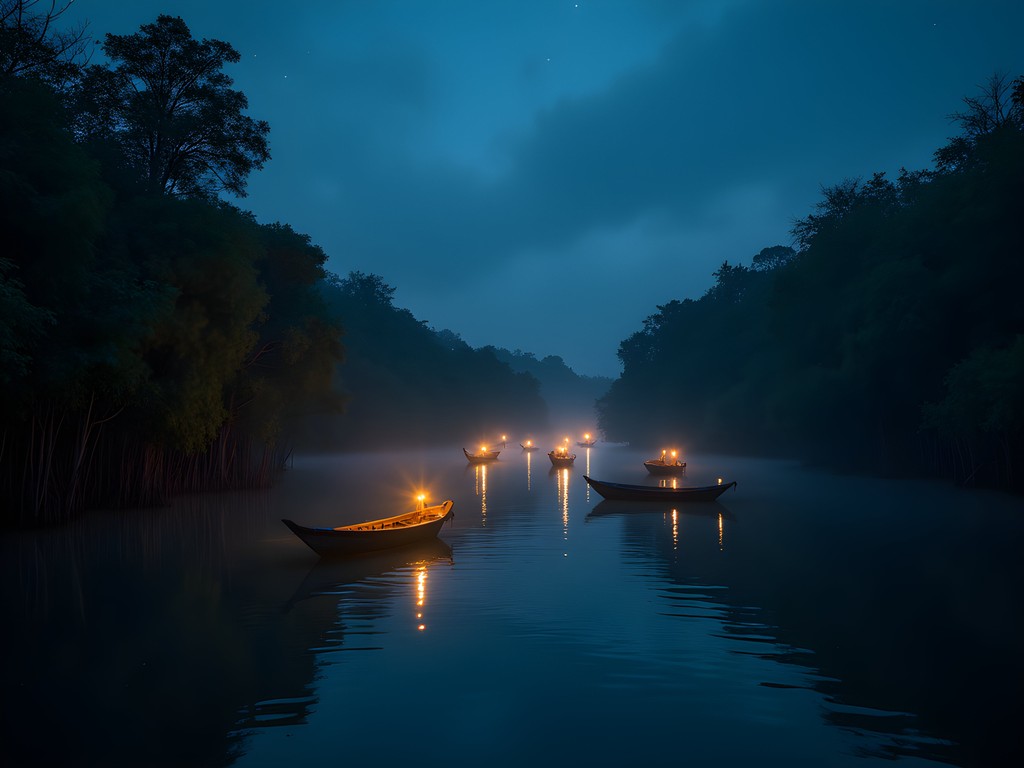
💡 Pro Tips
- Book the firefly tour directly through your accommodation rather than street vendors to ensure you're supporting legitimate eco-tourism operations
- Visit the Crocodile Farm early morning or late afternoon to avoid both crowds and the midday heat
- Pack a reusable water bottle as Puerto Princesa has potable water refilling stations throughout the city as part of their environmental initiatives
Cultural Performances: Engaging with Local Heritage
My dual passions for anthropology and theater found perfect harmony in Puerto Princesa's cultural offerings. The Palawan Heritage Center, though modest in size, provides an excellent primer on the indigenous cultures of the island, including the Batak, Tagbanua, and Pala'wan peoples. The ₱50 entrance fee is nominal for the insights gained, especially if you time your visit to coincide with one of their cultural performances (typically Saturday afternoons).
For an immersive cultural experience that resonates with my academic interest in performance rituals, I attended the Pangkat Kalinangan cultural show at the Palawan State University. This student-led performance showcases traditional dances and music from across the Philippines, not just Palawan. What makes this experience special is the post-show interaction, where performers eagerly explain the cultural significance behind each element. As a researcher, these conversations proved invaluable, especially when discussing how tourism has influenced the preservation and adaptation of traditional performances.
My theatrical interests led me to discover Puerto Princesa's emerging independent arts scene at Rurungan sa Tubod Foundation. This social enterprise primarily focuses on traditional weaving and handicrafts but also hosts impromptu cultural performances and art exhibitions. I purchased a handwoven table runner that now serves as both home décor and a tangible reminder of Palawan's living cultural heritage.
One evening, I stumbled upon an unexpected cultural treasure—a local production of a sarswela (traditional Filipino musical theater) at the Puerto Princesa Coliseum. Though performed entirely in Tagalog, the expressive performances transcended language barriers. I recorded parts of the performance using my portable audio recorder, which has become an essential tool in my ethnographic fieldwork, allowing me to capture ambient sounds and performances with remarkable clarity.
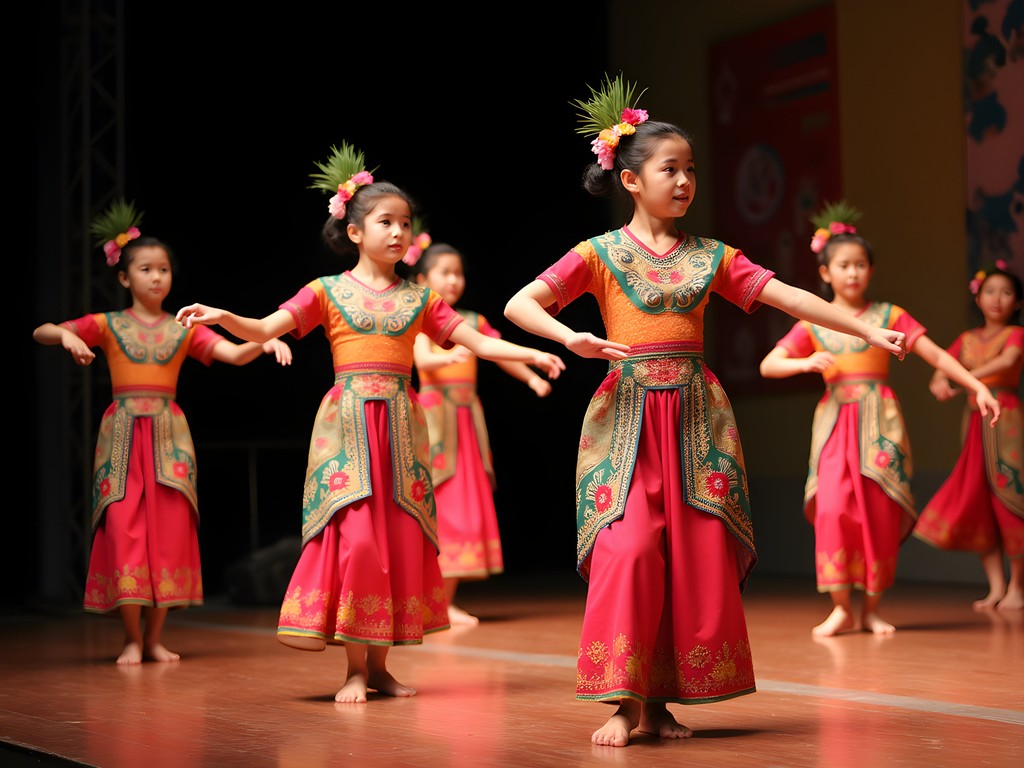
💡 Pro Tips
- Check with the City Tourism Office for updated schedules of cultural performances, as many aren't advertised online
- Ask permission before photographing indigenous crafts or performances—some traditions have specific protocols around documentation
- Support local artisans by purchasing directly from community-based enterprises rather than airport gift shops
Culinary Anthropology: Eating Your Way Through Puerto Princesa
As an anthropologist, I view food markets as cultural text—each ingredient and preparation method telling stories of history, geography, and cultural exchange. The Public Market on Mendoza Street became my morning ritual in Puerto Princesa, where I'd wander among vendors selling freshly caught seafood, tropical fruits in vibrant hues, and local delicacies I couldn't pronounce but eagerly sampled.
For the budget-conscious traveler, Puerto Princesa offers remarkable culinary value. Tiya Meding's Carinderia near the market serves home-style Filipino dishes for under ₱100 ($2) per meal. Their sinigang (sour tamarind soup) with fresh-caught fish proved the perfect antidote to humid afternoons. When ordering, I'd point to what locals were eating—a research method that consistently yielded delicious results.
Kalui Restaurant represents the mid-range dining option that appears in most guidebooks, and deservedly so. Their seafood kinilaw (similar to ceviche) showcases the freshness of Palawan's waters. At ₱300-500 ($6-10) per person, it's pricier than local eateries but still reasonable by Western standards. The restaurant's bamboo architecture and local art create an atmosphere worth experiencing beyond the food itself.
My most memorable meal came from Kinabuchs Grill & Bar, where I finally gathered the courage to try tamilok—woodworm harvested from mangrove trees that's considered a local delicacy. Its oyster-like texture and briny flavor paired surprisingly well with cold San Miguel beer. While eating what is essentially a shipworm required overcoming Western food prejudices, my anthropological training reminded me that culinary boundaries are culturally constructed rather than universal.
For coffee enthusiasts like myself, Itoy's Coffee House offers locally-grown Palawan beans in a charming garden setting. I documented my coffee experiences in my travel journal, which has accompanied me through 17 countries and counting—its weathered pages containing tasting notes, sketches, and reflections that form the backbone of my research.
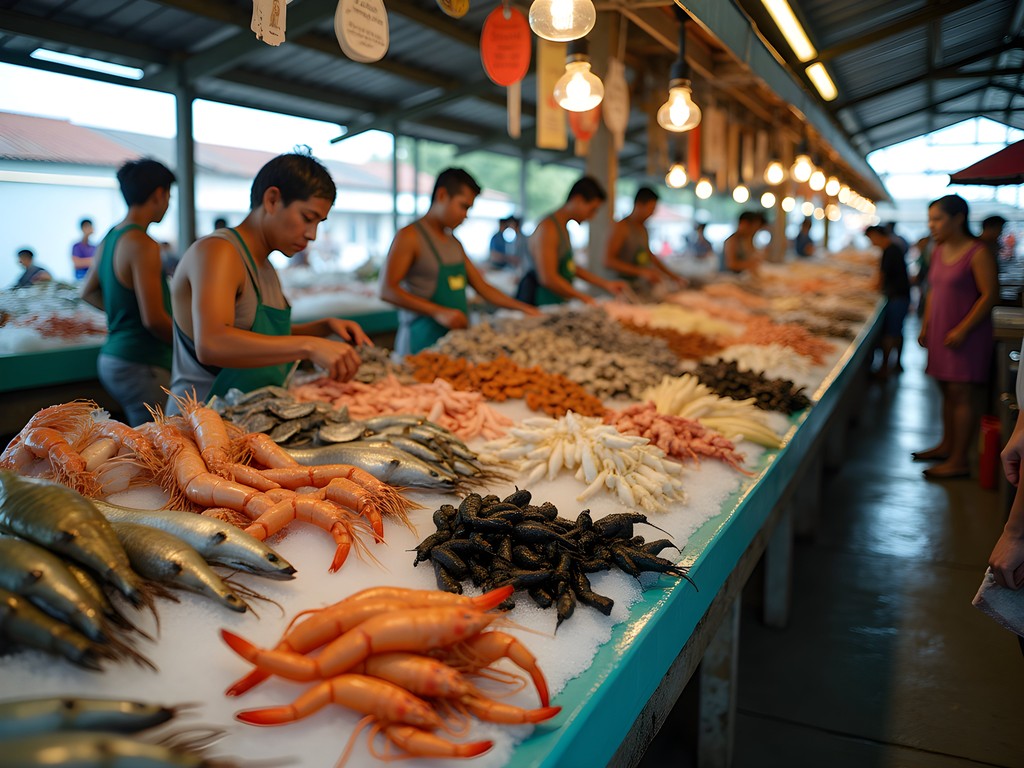
💡 Pro Tips
- Ask for 'point, point' restaurants where you can select pre-prepared dishes from display cases—ideal for solo travelers wanting variety without food waste
- Try danggit (dried fish) for breakfast at least once—it's a Filipino morning staple served with garlic rice and egg
- Visit the baywalk area in the evening for affordable street food options with ocean views
Academic Insights: Puerto Princesa as a Case Study in Sustainable Tourism
My academic background inevitably colors my travel experiences, and Puerto Princesa presents a fascinating case study in how a destination balances mass tourism with sustainability. The city implemented one of the Philippines' most successful waste management programs long before eco-tourism became trendy, and evidence of this commitment appears throughout the city in segregated garbage bins, clean streets, and public awareness campaigns.
Visiting the City Environment and Natural Resources Office (City ENRO) might seem like an unusual tourist activity, but as a researcher, their public information center provided valuable insights into Puerto Princesa's journey toward sustainability. The staff welcomed my questions and shared data on how tourism has impacted local ecosystems—both positively through conservation funding and negatively through increased resource consumption.
The Palawan State University offers another academic touchpoint. Their marine science department conducts regular lectures open to the public, where I learned about ongoing research on coral reef conservation and sustainable fishing practices. These sessions provided context that transformed my subsequent island-hopping tour from mere sightseeing to informed appreciation.
For travelers interested in deeper engagement with local environmental issues, the Environmental Legal Assistance Center (ELAC) runs community-based programs that sometimes accept short-term volunteers. I spent an afternoon helping with their mangrove reforestation project, an experience that connected me with local environmentalists and provided insights no tourist attraction could offer.
To document these experiences properly, I relied on my waterproof notebook during field visits and my compact binoculars for wildlife observation—tools that have proven invaluable throughout my research travels.
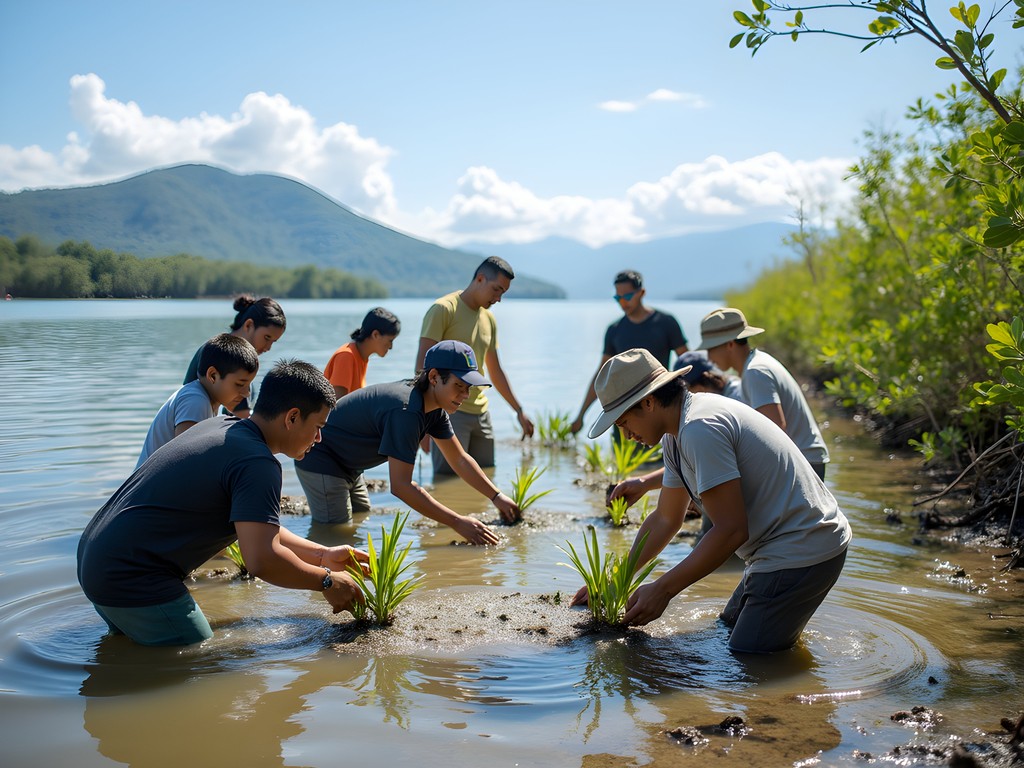
💡 Pro Tips
- Check bulletin boards at Palawan State University for public lectures on environmental topics
- Visit the City Tourism Office and ask about their sustainable tourism initiatives—many staff members are passionate about sharing this information
- Consider a half-day volunteer experience with environmental organizations as a way to give back while gaining deeper cultural insights
Final Thoughts
As my tricycle rattled toward Puerto Princesa International Airport at the end of my week-long stay, I found myself reflecting on how this city defies conventional tourism narratives. The Underground River may have put Puerto Princesa on the international tourism map, but the city's true character emerges through its commitment to sustainability, vibrant cultural traditions, and the warmth of its communities.
For couples seeking meaningful travel experiences on a budget, Puerto Princesa offers that rare combination of accessibility and authenticity. The city serves as both a worthy destination in itself and a gateway to Palawan's more remote attractions. My research into budget travel as modern pilgrimage suggests that the most transformative journeys often happen in these liminal spaces—places of transition that we're encouraged to pass through quickly but reward those who linger.
As an academic who studies cultural performance, I've observed how destinations often present simplified versions of themselves to tourists. Puerto Princesa, however, offers multiple stages for those willing to seek them out—from environmental initiatives to cultural preservation efforts, from culinary traditions to emerging art scenes. The city doesn't merely perform sustainability; it lives it daily through policies and practices that have transformed urban life.
I invite you to experience Puerto Princesa not just as a stopover but as a destination worthy of your time and curiosity. Beyond the Underground River lies a city performing one of the most interesting roles in Philippine tourism—a supporting character that, upon closer inspection, delivers the most nuanced and memorable performance of all.
✨ Key Takeaways
- Puerto Princesa offers significant value for budget-conscious travelers with affordable accommodations, transportation, and dining options
- The city's environmental initiatives extend far beyond the famous Underground River and provide unique opportunities for sustainable tourism experiences
- Cultural performances and heritage sites provide context that enriches subsequent experiences throughout Palawan
- Local communities actively participate in tourism development, creating opportunities for authentic engagement beyond standard tourist attractions
- The city works well as both a standalone destination and a strategic base for exploring Palawan's natural wonders
📋 Practical Information
Best Time to Visit
November to April (dry season), with January-February offering ideal weather and fewer tourists than peak holiday periods
Budget Estimate
$30-50 per day for budget travelers, including accommodations, food, local transportation, and some activities
Recommended Duration
3-4 days in the city itself, 7 days if including surrounding attractions
Difficulty Level
Easy
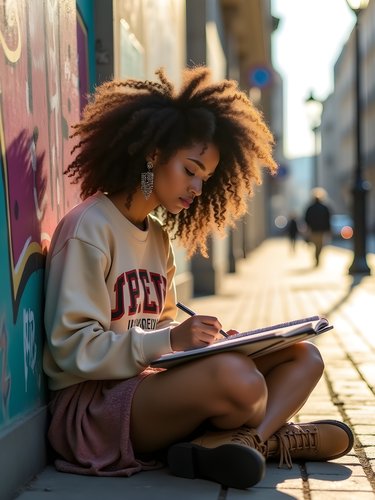
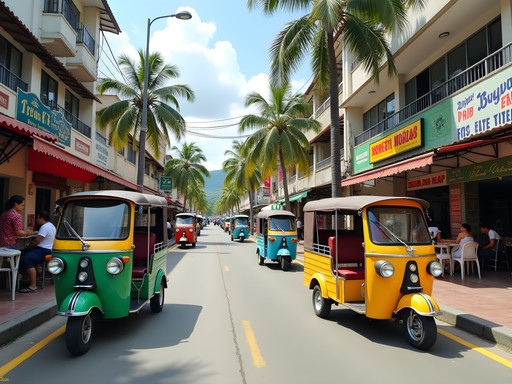
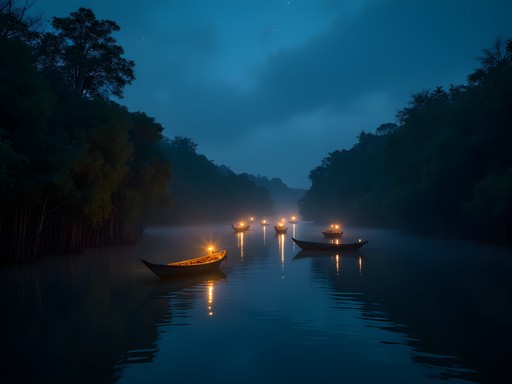
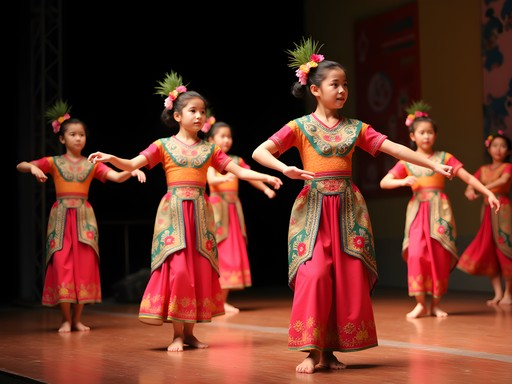
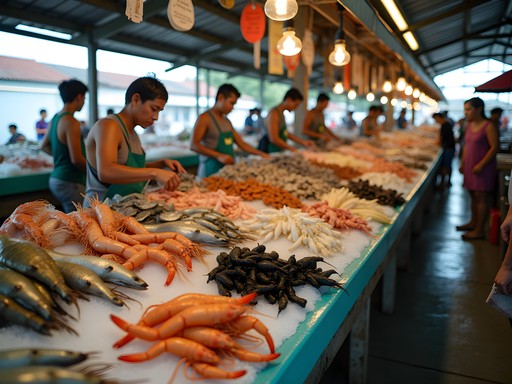
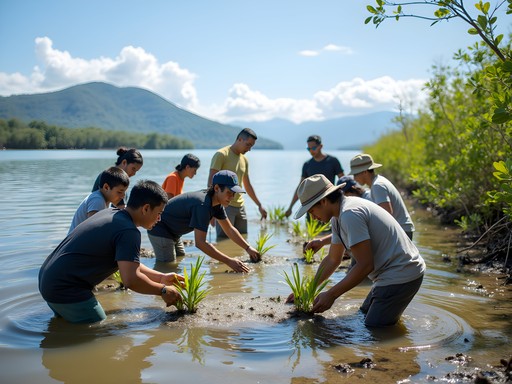


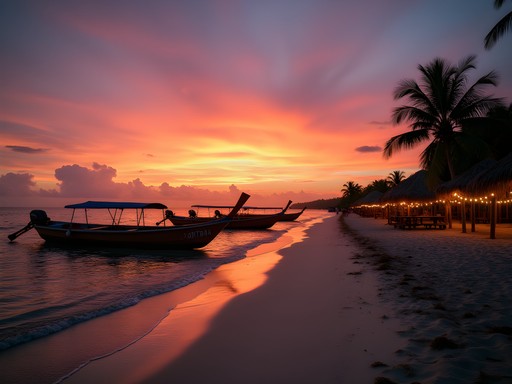
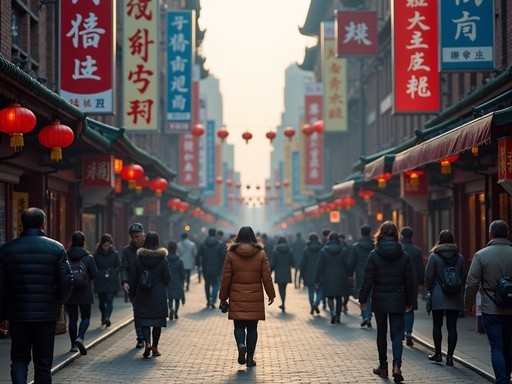
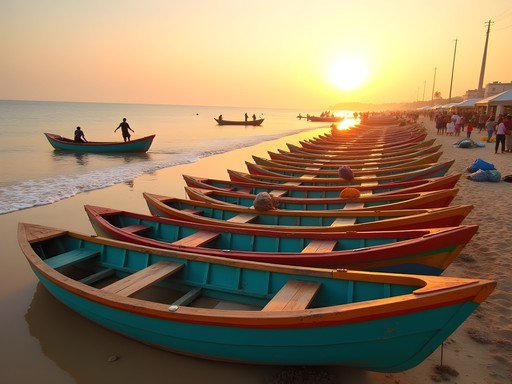
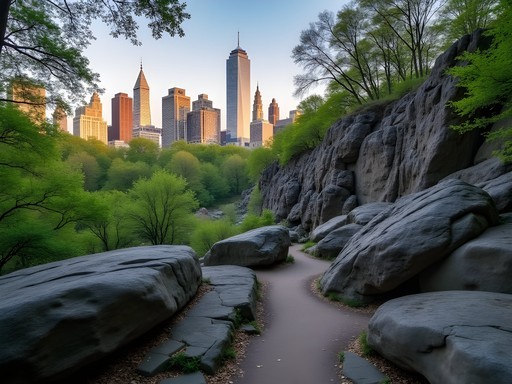
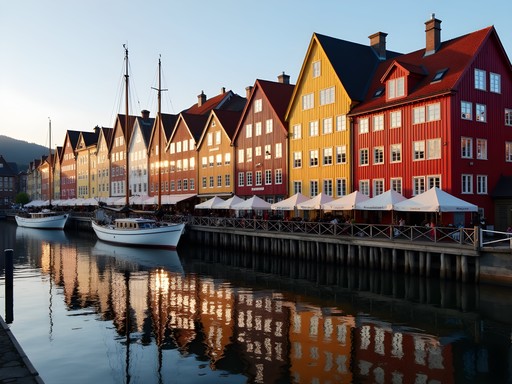
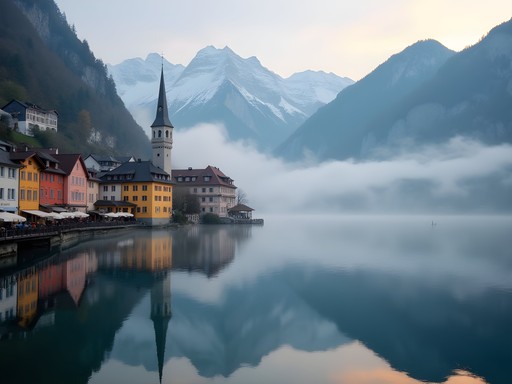
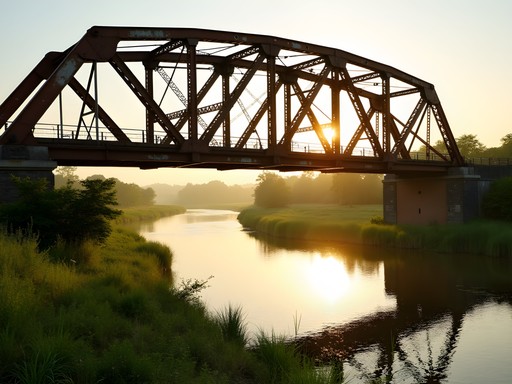
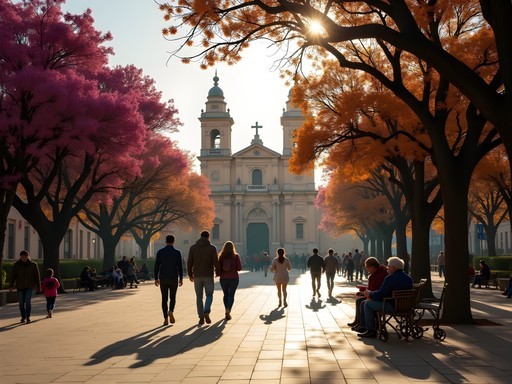
Comments
winterbuddy
Just got back from Puerto Princesa and used this guide extensively! The sustainable mangrove tour was incredible - we saw so many birds and even spotted a monitor lizard! The cultural village you recommended was also a highlight - we learned to weave traditional baskets and my kids loved it. I used my waterproof bag for all the water activities and it was perfect!
summerbackpacker
How many days did you stay? Trying to figure out if 3 days is enough to see everything mentioned here.
winterbuddy
We did 5 days and it felt perfect! Could've squeezed into 3 but would be rushing. The city itself deserves at least a full day!
happystar
Love this! Saving for our honeymoon planning next year!
summerbackpacker
Love the tricycle tips! We got so lost trying to navigate them lol
travelblogger
Great post! I'm planning a trip to Palawan in December and wondering about the local food scene. Any specific restaurants in Puerto Princesa you'd recommend that serve authentic local cuisine? Those seafood dishes you mentioned sound amazing!
Sofia Franklin
Definitely try Kalui Restaurant for a beautiful local dining experience! For more casual eats, the food stalls at Baywalk have the freshest seafood. Don't miss 'tamilok' (woodworm) if you're feeling adventurous!
winterbuddy
I second Kalui! The ambiance is so authentic and they have this amazing seafood kinilaw that's to die for. Just remember to book ahead - it gets packed!
mountainmood
Finally a post about Puerto Princesa that goes beyond the Underground River! I was there last year and totally agree that the city has so much more to offer. The firefly watching tour you mentioned was magical - like being in a fairytale!
Sofia Franklin
Thanks mountainmood! The firefly tour was definitely one of my highlights too. There's something so special about experiencing it without the crowds you get at the Underground River.
Sage Dixon
Sofia, your anthropological lens brings such depth to travel writing. I was in Puerto Princesa last year documenting sustainable tourism initiatives and found myself captivated by the Batak community visit you mentioned. The elder who showed us traditional weaving techniques told stories that traced back generations. For anyone going, I highly recommend the Puerto Princesa City Tour by electric tricycle - they're part of the city's green transport initiative, and our driver Mang Ramon knew hidden spots no guidebook mentions. The mangrove paddle tour at Sabang (near the Underground River) is also spectacular at sunrise - you'll see hornbills and sometimes sea eagles if you're lucky.
winterbackpacker
Your section on 'Culinary Anthropology' made me so hungry! We tried the crocodile sisig at Kalui Restaurant based on a local's recommendation and it was mind-blowing. The no-shoes policy inside adds to the experience too!
photomood
Beautiful photos! How many days would you recommend staying in Puerto Princesa if we want to do both the Underground River and these other activities?
Sage Dixon
Not Sofia, but I'd say minimum 3 days, ideally 4-5. The Underground River takes a full day with transport, and you'll want time to explore the city's food scene and do at least one of the eco-tours. Baker's Hill alone is worth a half-day visit!
smartway
Just got back from PP last week! We did that sustainable farm tour you mentioned and it was the highlight of our trip. The owner showed us how they're using traditional farming methods combined with new tech. The lunch they served was incredible - all from their gardens!
photomood
Which farm was this? Planning a trip in November and would love to include it!
smartway
It was Yamang Bukid Farm! About 30 mins from the city center. They have these incredible turmeric tea drinks too. Bring your water bottle because it gets hot walking around the farm.
Taylor Moreau
I've been to Puerto Princesa four times on business trips and never ventured beyond the city center and obligatory Underground River tour. Your anthropological perspective is refreshing, Sofia. On my last visit, I finally tried the tamilok (woodworm) at Ka Inato based on a local colleague's recommendation. Quite the experience! I'd add that the business district has some surprisingly good coffee shops - Itoy's Coffee Haus serves beans from local Palawan farmers that rival any I've had in London.
Venture X
Premium card with 2X miles, $300 travel credit, Priority Pass